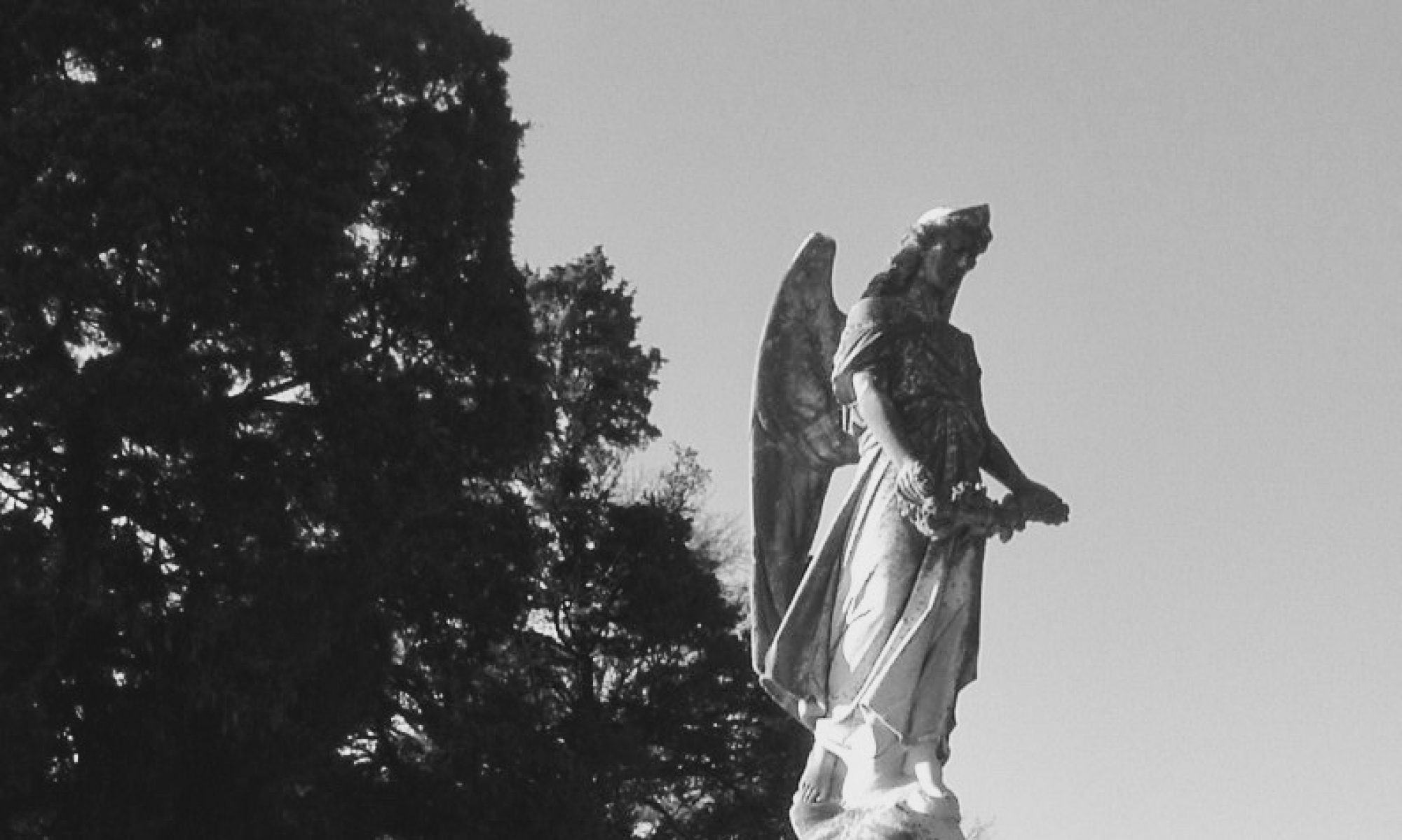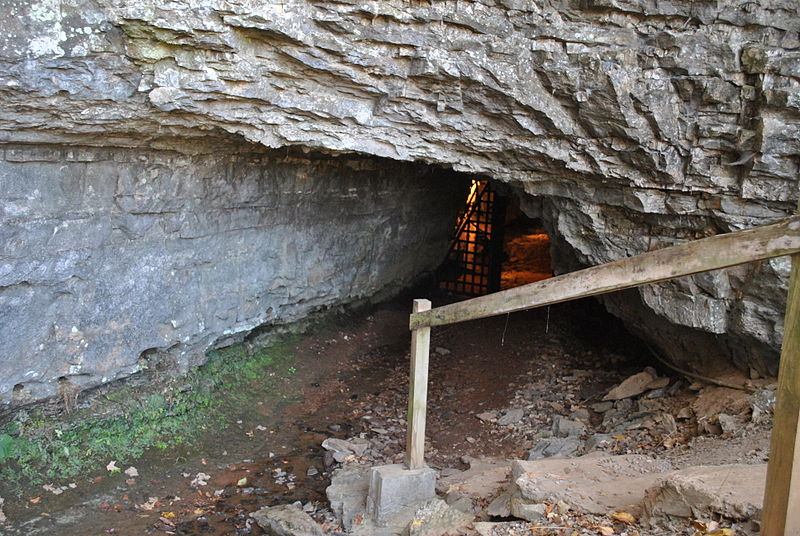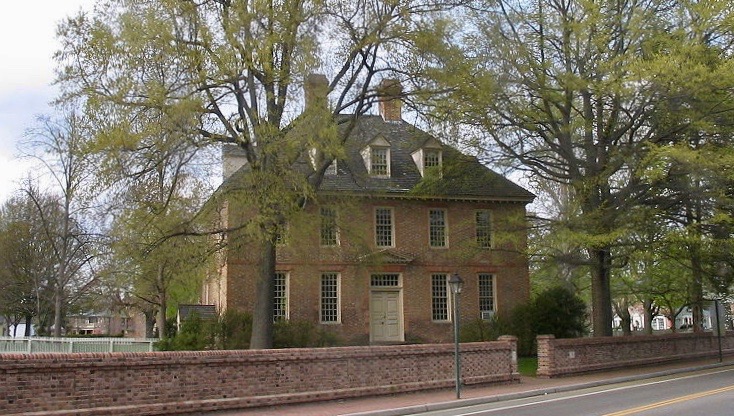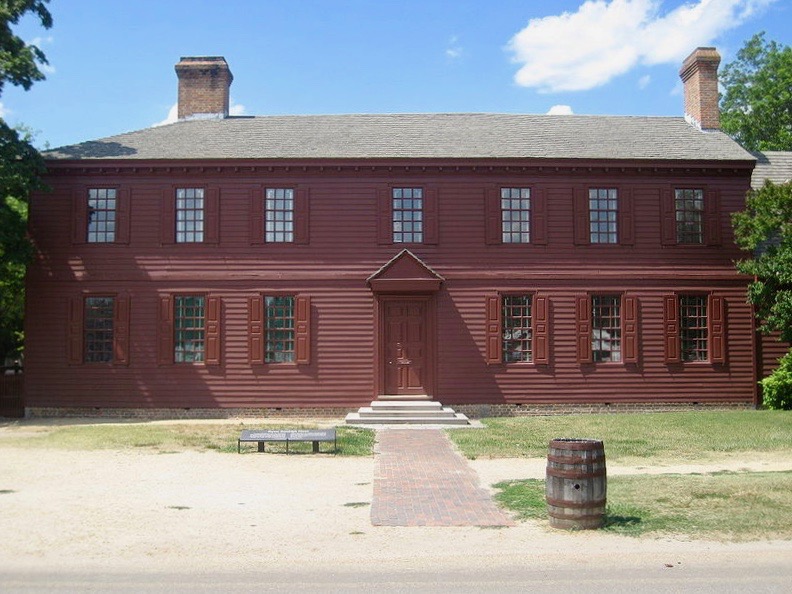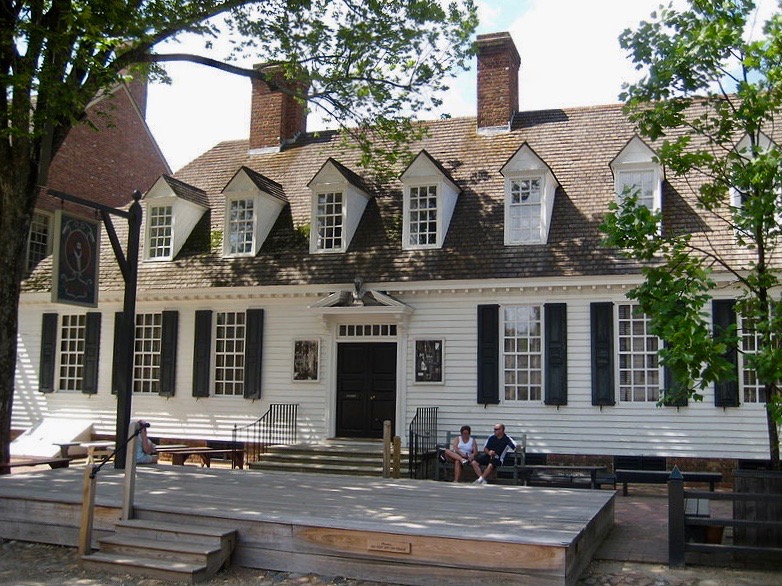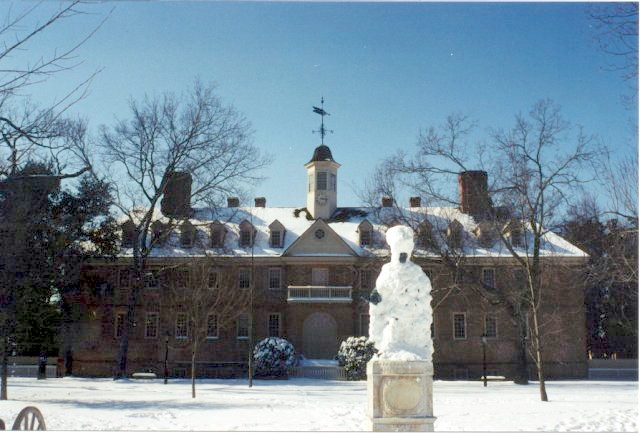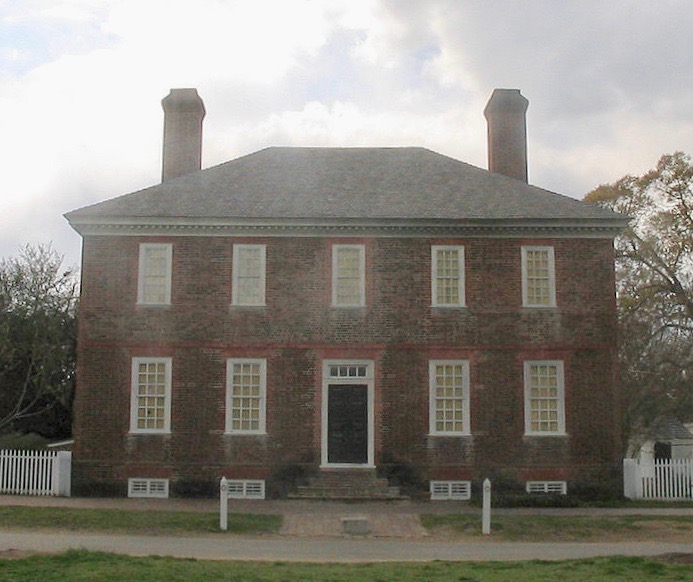Breeden Manor
Breeden’s Bottom Arcadia Campground
Arcadia
The Latin phrase “Et in Arcadia ego” (And even I am in Arcadia) is the title of a marvelous painting by the French painter, Nicolas Poussin. It depicts a group of shepherds in an idealized landscape contemplating a stone carved with these words. The words remind us that “I” (death in this case) is present everywhere, even in the most idyllic of places. Arcadia, Virginia, most certainly an idyllic location along the James River in Botetourt County in the central part of the state.
To bring tourists into this semi-rural and historic area, local planners are busy creating the Upper James River Blueway Trail. Unlike a regular trail over land, a blueway trail follows a water path. To capitalize on the family’s waterfront holdings, the Breeden family who have owned this land since the Great Depression, have opened the land and their historic farmhouse, Breeden Manor, to campers and tourists in the area seeking a scenic getaway.
Et in Arcadia ego, and death here lingers as a memento mori. The Breeden family has had many experiences within Breeden Manor causing them to ask if the home may be haunted. Mrs. Breeden was taking a shower one evening when ice cold water was thrown at her followed by a tapping from inside the wall. That event, among many others caused the family to ask the Central Roanoke Association of Paranormal Studies. The organization has investigated and also conducted tours of the home which have yielded very interesting results including a recording of a piano playing in the empty house.
Sources
- Adams, Duncan. “Family says paranormal is the norm in old home.” The Roanoke Times. 17 October 2011.
- Bowman, Rex. “Botetourt County ranchers re-create property for recreation.” The Roanoke Times. 10 September 2009.
- Wiegandt, Jessica. “Haunted House Reviews: Arcadia.” The Roanoke Times Blog. 25 October 2012.
Piedmont Battlefield
Battlefield Road
New Hope
Honestly, reenactors get all the best activity at old military sites. From Fort Clinch and Olustee in Florida to Antietam in Maryland, reenactors often experience marvelous activity at these sites. Outside of New Hope, near the community of Piedmont, is an open field that was the scene of a battle, the 5th of June 1864.
Around 5 AM, June 5,, 1996, a group of reenactors camping on the southern edge of the battlefield were awakened by an unusual ruckus: the sounds of wagons approaching. In an effort to greet the approaching wagons, a few of the reenactors stepped towards a nearby fence. The sounds, the creak of wagon wheels, the tinkle of chains, the clop of horses hooves and their whinnies, increased for a moment as they apparently neared the awed witnesses then they suddenly ceased. Some of those present later discovered an overgrown trace or wagon road in the woods near the spot where they’d heard the sounds. It is believed that this road may have been in existence at the time of the battle.
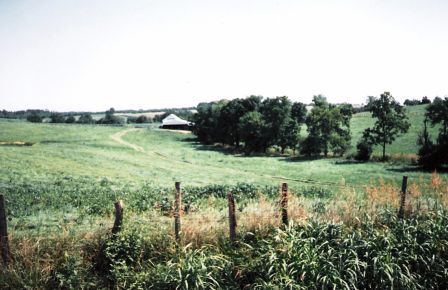
Of course, there’s no way to know if the sounds were related to battle or simply spiritual residue from the road’s history. Either way, the reenactors will likely tell this story for years to come.
Sources
- Shulman, Terry. “Did ghostly soldiers pay reenactors a courtesy call?” The News Leader (Staunton, VA). 10 July 2004.
Graffiti House
19484 Brandy Road
Brandy Station
It’s not hard to imagine that soldiers throughout the Civil War began to quickly feel their own mortality. As they lay wounded in the homes and taverns, churches and barns that had been hastily converted into hospitals throughout the nation, many scratched their names into adjacent plaster walls and floorboards, perhaps in hopes of gaining some type of immortality. With so much of this graffiti obliterated by the building’s caretakers and time, these exercises into immortality have become increasingly rare, despite their importance to historians and the residents of the modern age.
Built near a small railroad stop on the Orange & Alexandria Railroad, Graffiti House was built by James Barbour in 1858 as a residence and possible commercial building. As battles raged around Virginia, Mr. Barbour’s building was converted into a hospital and the patients began to scrawl on the walls of the structure. In June of 1863, the war that had been trickling into the community until then arrived as a deluge when it was the scene of the largest cavalry battle fought on American soil.
The graffiti was only rediscovered in the early 1990s and the building was later purchased by the Brandy Station Foundation, an organization devoted to preserving the local battlefield and associated sites. But it’s not just graffiti that remains in the building, spirits are still active as well. A handful of paranormal investigation organizations have investigated Graffiti House and captured evidence.
A reporter from The Free Lance-Star in nearby Fredericksburg in 2007 observed a paranormal investigation by the Virginia Paranormal Institute. About an hour into the investigation he was apparently touched by something while an investigator had something grab her hand. During a more recent investigation by Transcend Paranormal, video of an anomalous light in an empty room was captured. The video is available on YouTube.
Sources
- Graffiti House. Wikipedia, the Free Encyclopedia. Accessed 6 February 2013.
- Johnston, Donnie. “What was that touching my back?” The Free Lance-Star. 23 November 2007.
- Transcend Paranormal. “Transcend Paranormal: Graffiti House Light Anomaly.” 18 November 2011.
